How to Submit a Sample for Genome Sequencing
At The Sequencing Center, we receive hundreds of samples every month, and while most of the samples are primed and ready for sequencing, it’s easy for our clients to miss some key preparation steps. In order to get the best results from your samples, here are 5 important sample submission points to pay attention to.
1. Sample Sizes
First, it is necessary that your sample size meets our minimum sample size requirements, which varies based on the type of sample being submitted. For example, blood samples ought to contain a minimum of 1mL, though larger samples are preferred if possible. This helps ensure that we have enough source material to test with right from the start. Here’s a quick list below, however we recommend you review the full sample submission guidelines too.
- Send DNA samples in 1.5-mL microcentrifuge tubes or 2-mL screw cap tubes.
- Minimum volume of 20μL and minimum concentration of 20ng/μL.
- Sample purities of A260/280 = 1.7 – 1.9 and A260/230 = 2.0 – 2.2.
- For tissue samples, send a minimum sample amount of at least 1g.
- For blood samples, collection tubes may be EDTA tubes, Vacutainer tubes, PAX gene tubes, or other tubes that include the anticoagulant EDTA.
- Minimum sample volume is 1mL.
TIP: Larger volumes and higher concentrations are preferred, when possible.
2. Packaging Requirements
Each sample type has its own specific packaging requirements, which can be found here, but pay special attention to both the type of tubes required, as well as whether or not the sample needs to placed on dry ice for shipping. Some samples can be sent at room temperature, while others, such as tissue samples, will need to be packaged with dry ice or gel-based ice packs for transit.
Primary Containers
DNA Samples
- Wrap the lid of each sample tube with parafilm (if shipping time is more than 1 day)
- Place sample tubes in a hard protective container
- Reinforce screw caps with adhesive tape. Use a metal crimp seal or skirted stopper for metal and glass.
- Affix a proper label to clearly identify the contents.
Tissue Samples
- Wrap the lid of each sample tube with parafilm.
- Place sample tubes in a hard protective container.
- Affix a proper label to clearly identify the contents.
Blood Samples
- Wrap the lid of each sample tube with parafilm.
- Place sample tubes in a hard protective container.
- Affix a proper label to clearly identify the contents.
Secondary Containers
For All Sample Types
- Use a watertight/leak-proof container. Reinforce the container using adhesive tape.
- Surround each primary container with sufficient absorbent packing material.
- Include a packing list, in a separate sealable waterproof package.
- (Tissue Samples only) Place containers in a Styrofoam container or box. Add dry ice or blue-ice/gel-ice packs.
3. Packing Lists
Submissions will require a packing list to be included, with corresponding labels affixed to the samples. These manifests will help keep your samples organized and ensure that everything is processed in the most accurate manner possible.
The packing list contents should include:
- List of the labels that identify each sample container
- Amount of liquid (mL) in each vial/tube
- Email a digital copy of the packing list to info@thesequencingcenter.com
4. Packaging
When your samples are prepped and ready for submission, be sure to package everything in a sturdy shipping box, as opposed to an envelope, with both the sender’s and a recipient’s name, phone number, and address labeled. It is important to only list the contact information for the principal investigator or primary contact on your project, so as to avoid miscommunications or delays.
Please send samples to:
THE SEQUENCING CENTER
1020 Luke Street, Suite D
Fort Collins, CO, 80524
USA
5. Shipping
Finally, check that no additional labels are required on your package (such as an “Exempt Human Specimen” or orientation arrows), and then choose the proper shipping speed. Ideally, overnight (next-day delivery) services are preferred for most sample types, though some samples can be shipped 2-3 day delivery. Be mindful of your scheduled delivery date, so that it does not fall on a holiday or weekend, which might delay your sample from reaching us by a day or more.
While the guidelines are fairly straightforward, it is easy to miss a step by accident, so take a close look at our guidelines and checklists for clarification. Always feel free to call or email The Sequencing Center with any questions you may have that we didn’t answer here.
| DNA Samples | Tissue Samples | Blood Samples |
|---|---|---|

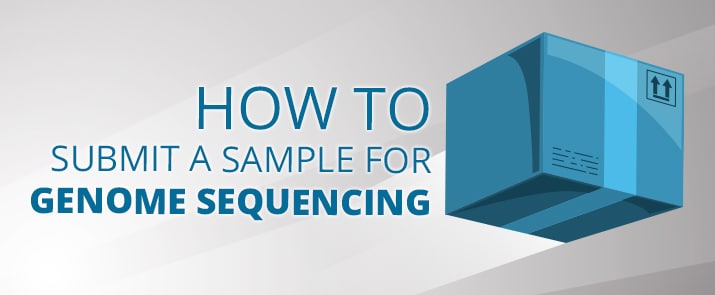
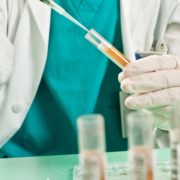
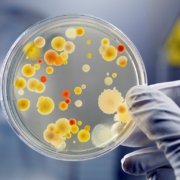

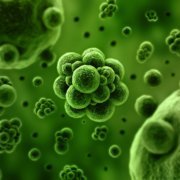

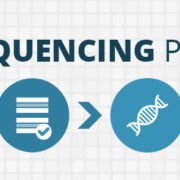


Leave a Reply
Want to join the discussion?Feel free to contribute!